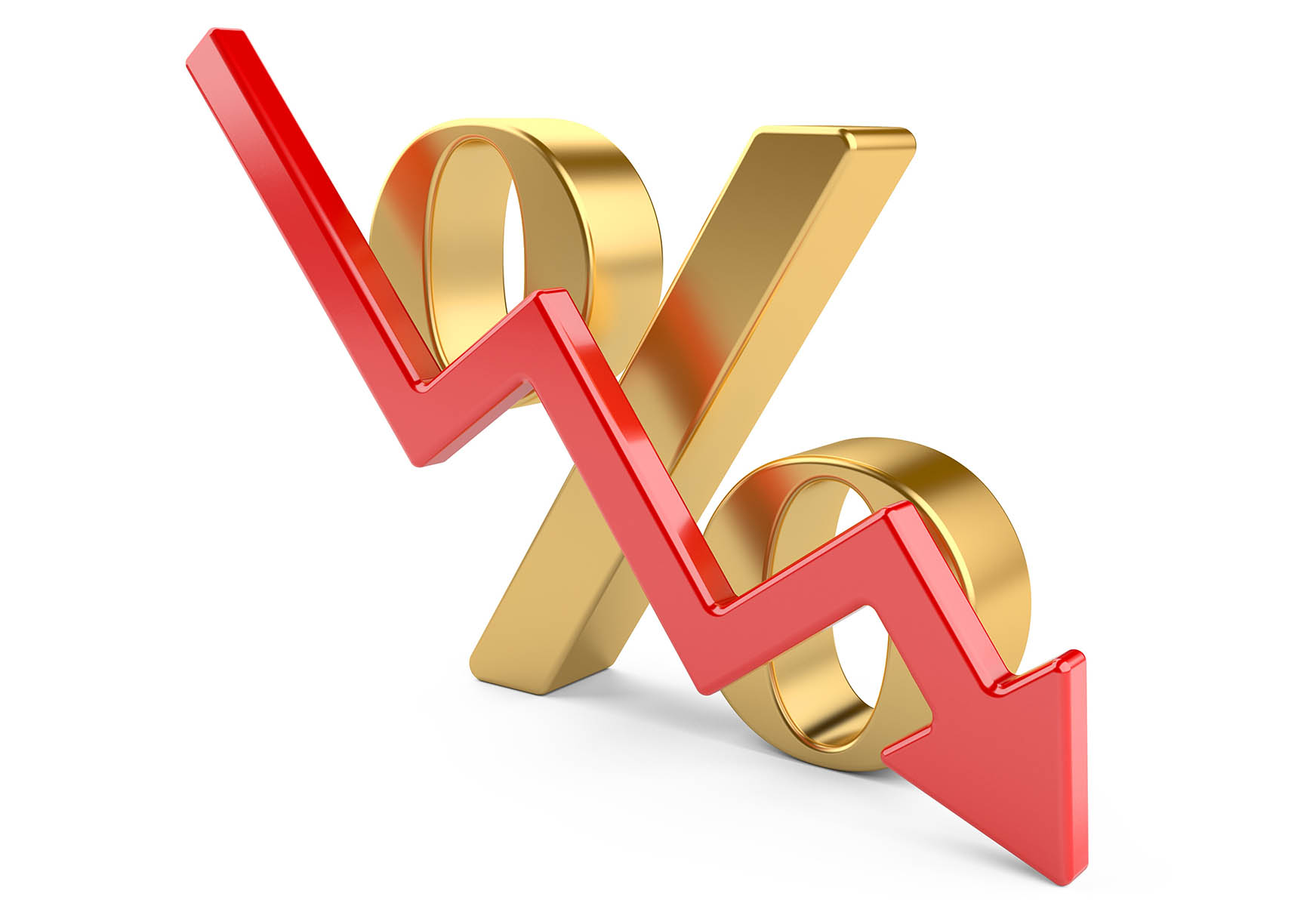AfricaPress-Tanzania: INTERBANK Money Market (IMM) activities have gone up by 65 percent while rates dropped to signify increasing liquidity in the banking sector.
The interbank rates dropped by 14 basis points (bps) to 4.0 per cent for the week ending last Friday, a trend, some analysts said, backed by the central bank recently move to cut some key rates.
Orbit Securities, the largest stock brokerage firm, said the scenario indicating banks have enough cash.
“The scenario depicts increased liquidity in the banking sector as the Bank of Tanzania announced measures put in place to curb the effects of the coronavirus to the economy,” Orbit said in a statement ‘Weekly Market Synopsis’.
The total volume traded during the week ended last Friday increased by 65 per cent to 202bn/- from 122.5bn/- recorded in the previous week.
Early last week, BoT announced some measures to curb the coronavirus effects to the economy and lowered the reserve requirement ratio from 7.0 percent to 6.0 percent.
The central bank also cut the discount rate from 7.0 percent to 5.0 percent and reduced the required collateral value when commercial banks borrow from the central bank, and raised the transactional and savings value of mobile money operators (MNOs) The weighted average rate (WAR) for the interbank market decreased to close at 4.0per cent from 4.14 per cent the previous week.
Earlier, Zan Securities Chief Executive Officer Raphael Masumbuko said the new measures will lead to increased liquidity in the economy and help commercial banks and corporate borrowers.
“We expect a trickle-down effect of these measures to reach the general public through increased loans accessibility, availability of goods and services and reduced foreclosures due to loan defaults,” Mr Masumbuko said.
In March, BoT continued to intensify accommodative monetary policy measures in order to cushion the economy from the impact of Covid-19.
“As a result, liquidity in the banking system has remained adequate and growth of money supply been fairly high,” BoT said in its latest Monthly Economic Review.







